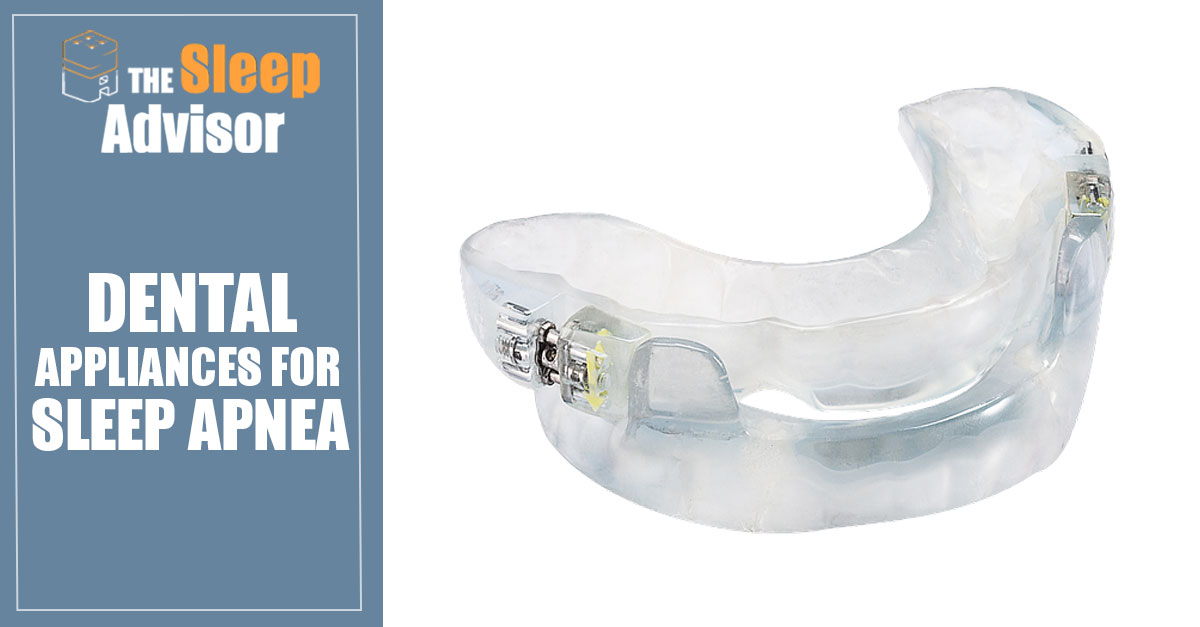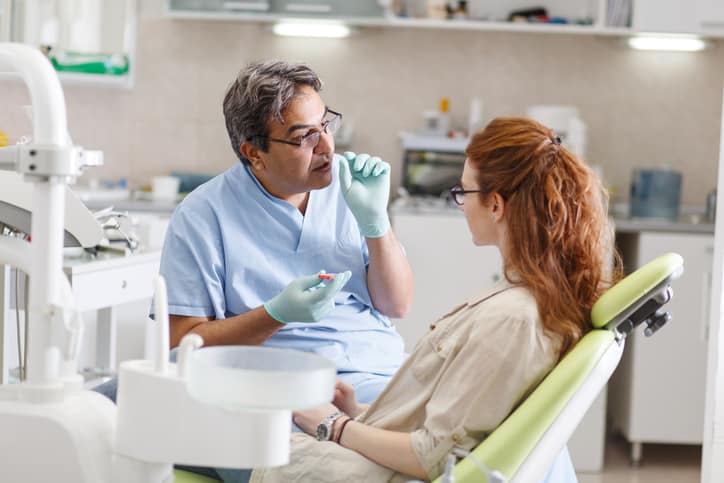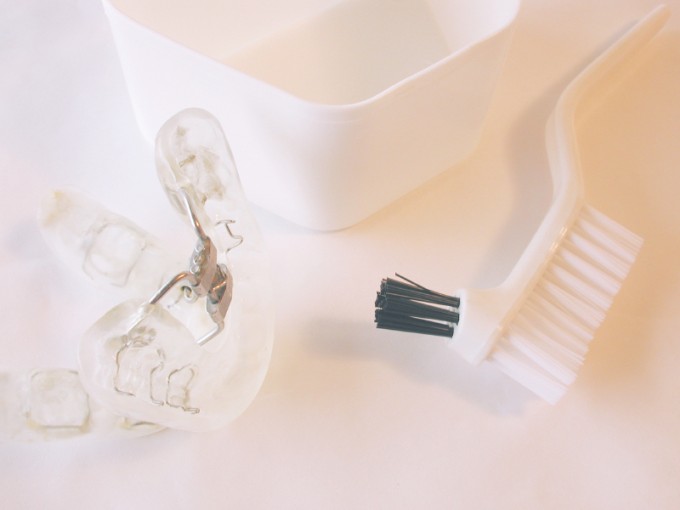Sleep apnea treating dental appliances slideshare
Table of Contents
Table of Contents
Sleep apnea is a common sleep disorder that affects millions of people worldwide. Although there are several treatment options available, dental appliances for sleep apnea have gained popularity in recent years as a non-invasive and effective solution. In this article, we will discuss Dental appliances for sleep apnea and treatment sleep apnea awareness campaigns, and everything you need to know about them.
Pain Points related to Dental appliances for sleep apnea and treatment sleep apnea awareness campaigns
Let’s face it; the thought of having to wear a dental appliance to bed every night is daunting and can be uncomfortable for some. However, the pain points associated with untreated sleep apnea can be worse than wearing a dental device. The condition can lead to chronic fatigue, high blood pressure, and cardiovascular disease, among other complications. Treatment sleep apnea awareness campaigns aim to educate people about the risks and effects of the condition, encouraging early diagnosis and treatment.
Target of Dental appliances for sleep apnea and treatment sleep apnea awareness campaigns
The goal of Dental appliances for sleep apnea and treatment sleep apnea awareness campaigns is to educate patients and healthcare providers about the effectiveness and benefits of oral appliances like mandibular advancement devices (MADs) and tongue retaining devices (TRDs). These devices work by repositioning the jaw or tongue to keep the airway open during sleep, preventing episodes of apnea (breathing cessation) and hypopnea (shallow breathing).
Main Points of Dental appliances for sleep apnea and treatment sleep apnea awareness campaigns
Dental appliances for sleep apnea are effective, non-invasive solutions for treating moderate to severe obstructive sleep apnea. Compared to Continuous Positive Airway Pressure (CPAP) machines, oral appliances are discreet, portable, and quiet, making them ideal for individuals who travel frequently and those who dislike sleeping with a mask on their face. The treatment sleep apnea awareness campaigns educate patients and providers on the symptoms and risks of untreated sleep apnea and encourage early diagnosis and treatment.
Personal Experience with Dental appliances for sleep apnea and treatment sleep apnea awareness campaigns
As a sleep apnea patient, I understand the discomfort and frustration associated with traditional CPAP therapy. Discovering Dental appliances as an alternative treatment changed my life. The device I use is discreet and comfortable to wear, and I wake up feeling well-rested and refreshed. I strongly believe in the importance of treatment sleep apnea awareness campaigns and how they can positively impact people’s lives.
Benefits of Dental Appliances for Sleep Apnea
Dental appliances for sleep apnea are custom-fit to your mouth, making it comfortable to wear. They also do not require electricity; hence they are portable and easy to travel with. They are more comfortable to wear than masks connected to CPAP machines, which many users find cumbersome.
How Dental Appliances Work for Sleep Apnea
Dental appliances for sleep apnea work by repositioning your tongue or jaw to keep your airways open during sleep. Various types of oral devices, including mandibular advancement devices (MADs), tongue-retaining devices (TRDs), and a combination of both, exist to help alleviate sleep apnea.
Types of Dental Appliances for Sleep Apnea
The two main types of dental appliances are mandibular advancement devices (MADs) and tongue retaining devices (TRDs). MADs push your lower jaw forward to keep your airways open while you sleep. TRDs keep your tongue in place to prevent it from blocking your airways while you sleep. Combination devices that include elements of both MADs and TRDs also exist.
Frequently Asked Questions about Dental Appliances and Sleep Apnea Awareness Campaigns
1. Who can benefit from using dental appliances for sleep apnea?
Dental appliances are best suited for those with mild to moderate sleep apnea or those who do not tolerate CPAP machines well.
2. Are dental appliances uncomfortable to wear?
No, dental appliances are custom-fit to your mouth, making them comfortable to wear and less invasive than CPAP machines.
3. How do sleep apnea awareness campaigns make a difference?
Sleep apnea awareness campaigns help educate people about the signs, symptoms, and risks of sleep apnea. This early education encourages early intervention, diagnosis, and treatment.
4. Is sleep apnea treatment covered by insurance?
Yes, most insurance carriers cover the cost of sleep apnea diagnosis and treatment, including dental appliances.
Conclusion of Dental Appliances for Sleep Apnea and Treatment Sleep Apnea Awareness Campaigns
Creating awareness about sleep apnea is essential in preventing the condition’s long-term complications. Dental appliances have, over the years, proved to be effective in treating sleep apnea, non-invasively, and are, therefore, good alternatives to CPAP machines. Sleep apnea is a chronic illness that requires professional treatment, and Dental appliances are a suitable treatment option for those with mild to moderate obstructive sleep apnea (OSA).
Gallery
Sleep Apnea Therapy | OSA Treatment | Albany, NY | Dental Appliance

Photo Credit by: bing.com / sleep apnea oral appliance therapy look
Dental Appliances For Sleep Apnea Georgetown TX - Oral Appliance Therapy

Photo Credit by: bing.com / sleep appliances dental georgetown apnea tx oral obstructive therapy appliance
Dental (Oral) Appliances For Sleep Apnea: Treatment Pros & Cons

Photo Credit by: bing.com / sleep apnea oral appliances dental treatment bamboo linenspa sheets
Best Dental Appliances For Obstructive Sleep Apnea - Home & Home

Photo Credit by: bing.com / apnea obstructive
Dental Sleep Appliances Treating Sleep Apnea

Photo Credit by: bing.com / sleep apnea treating dental appliances slideshare




